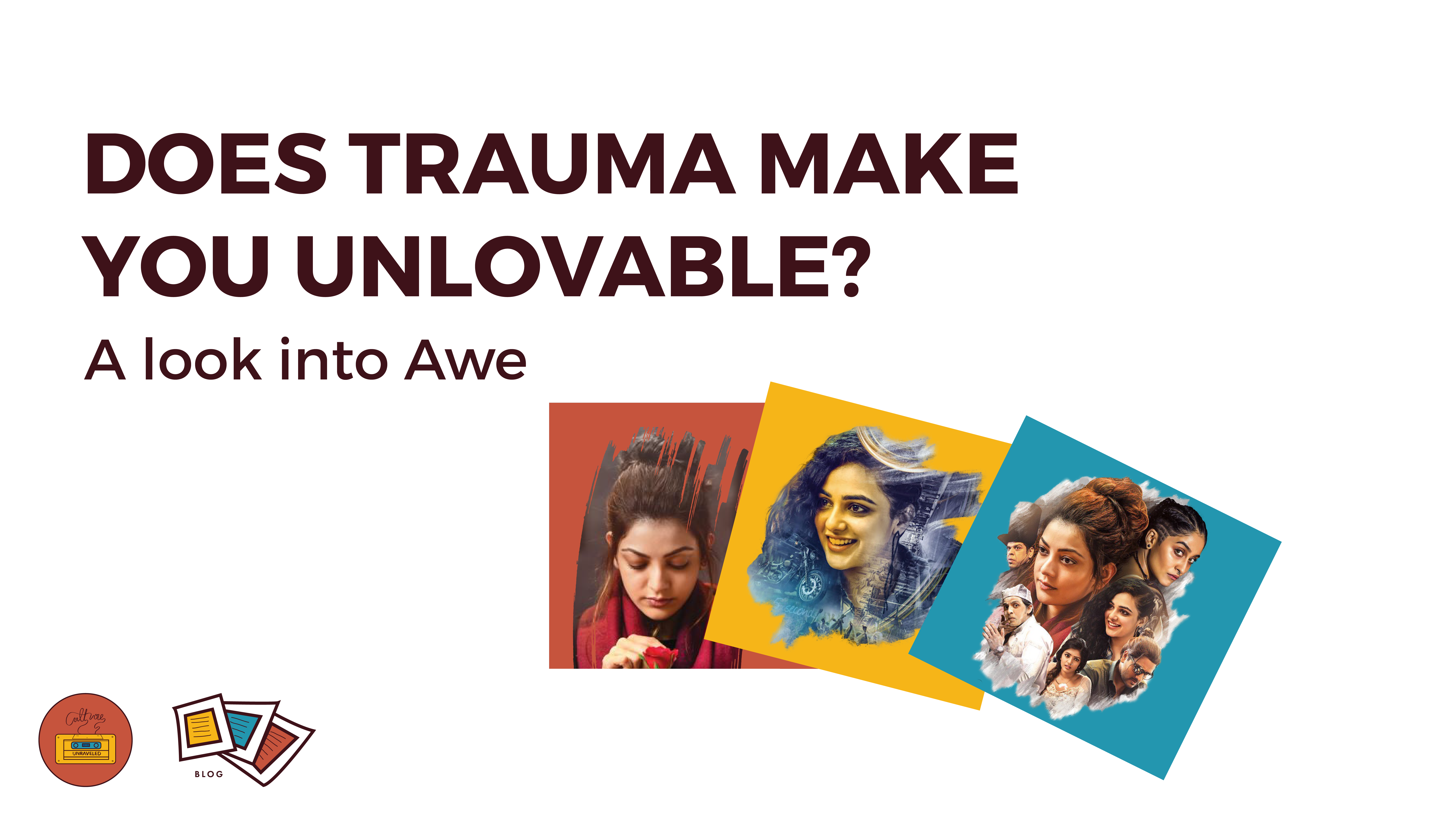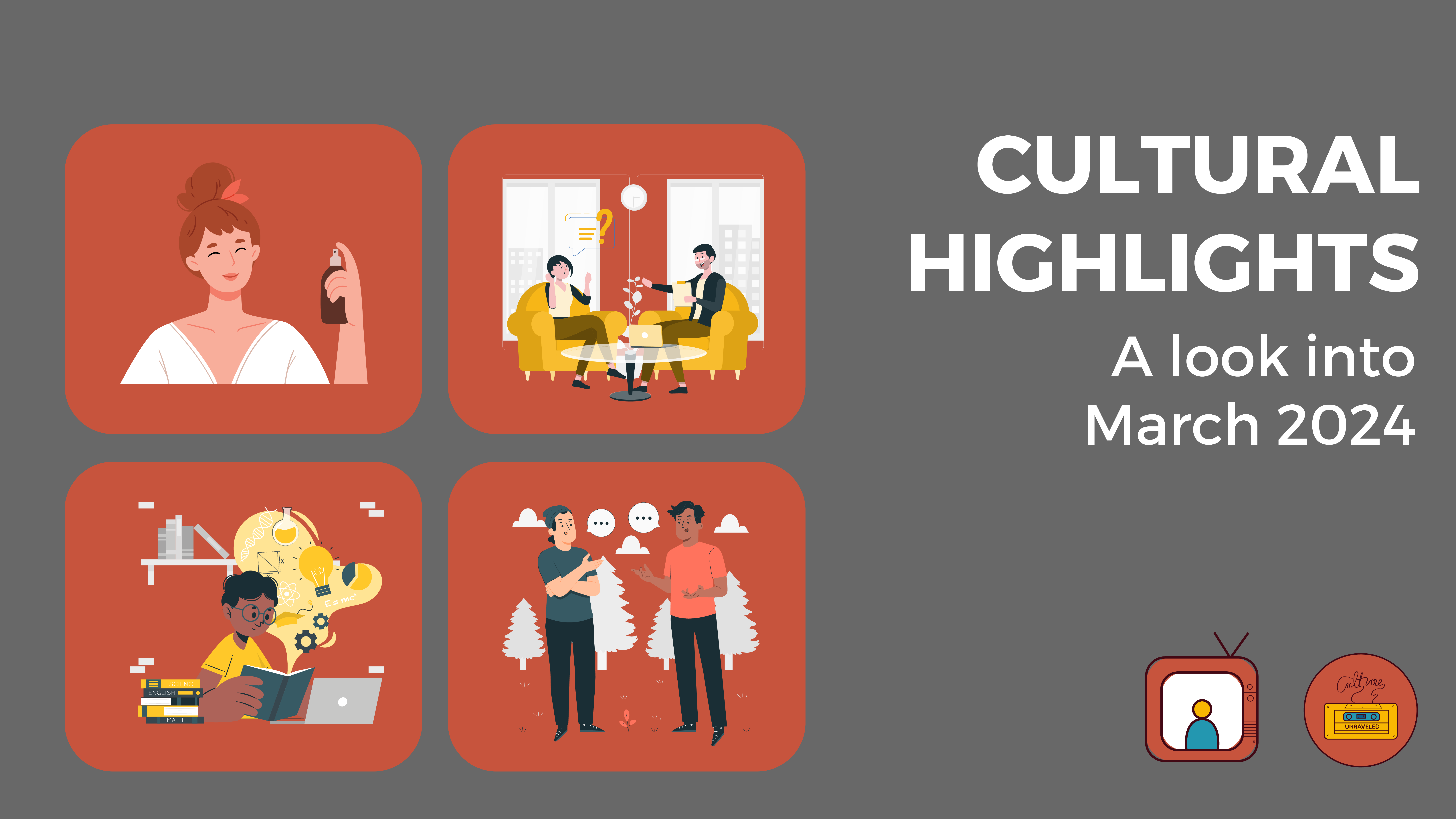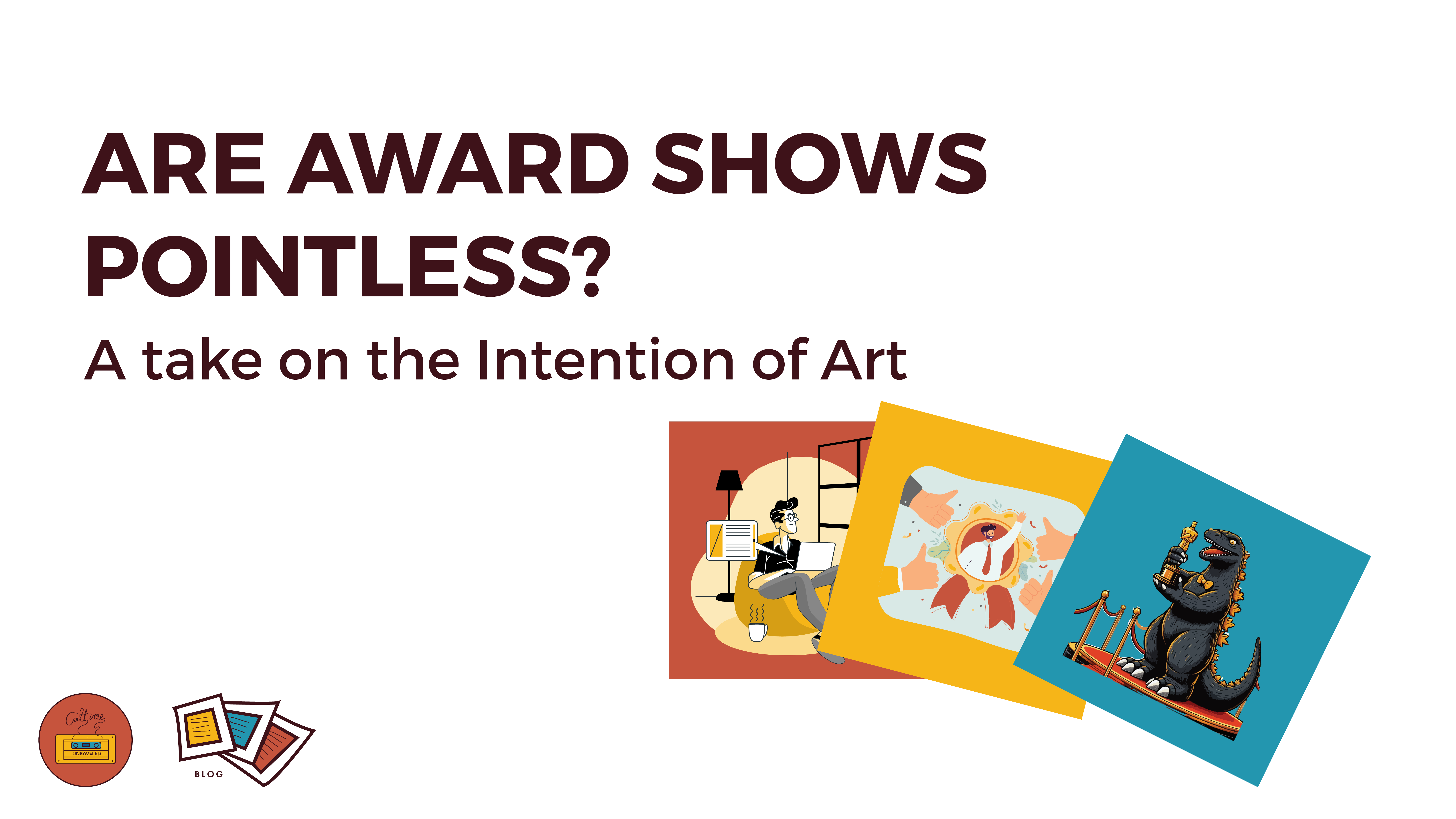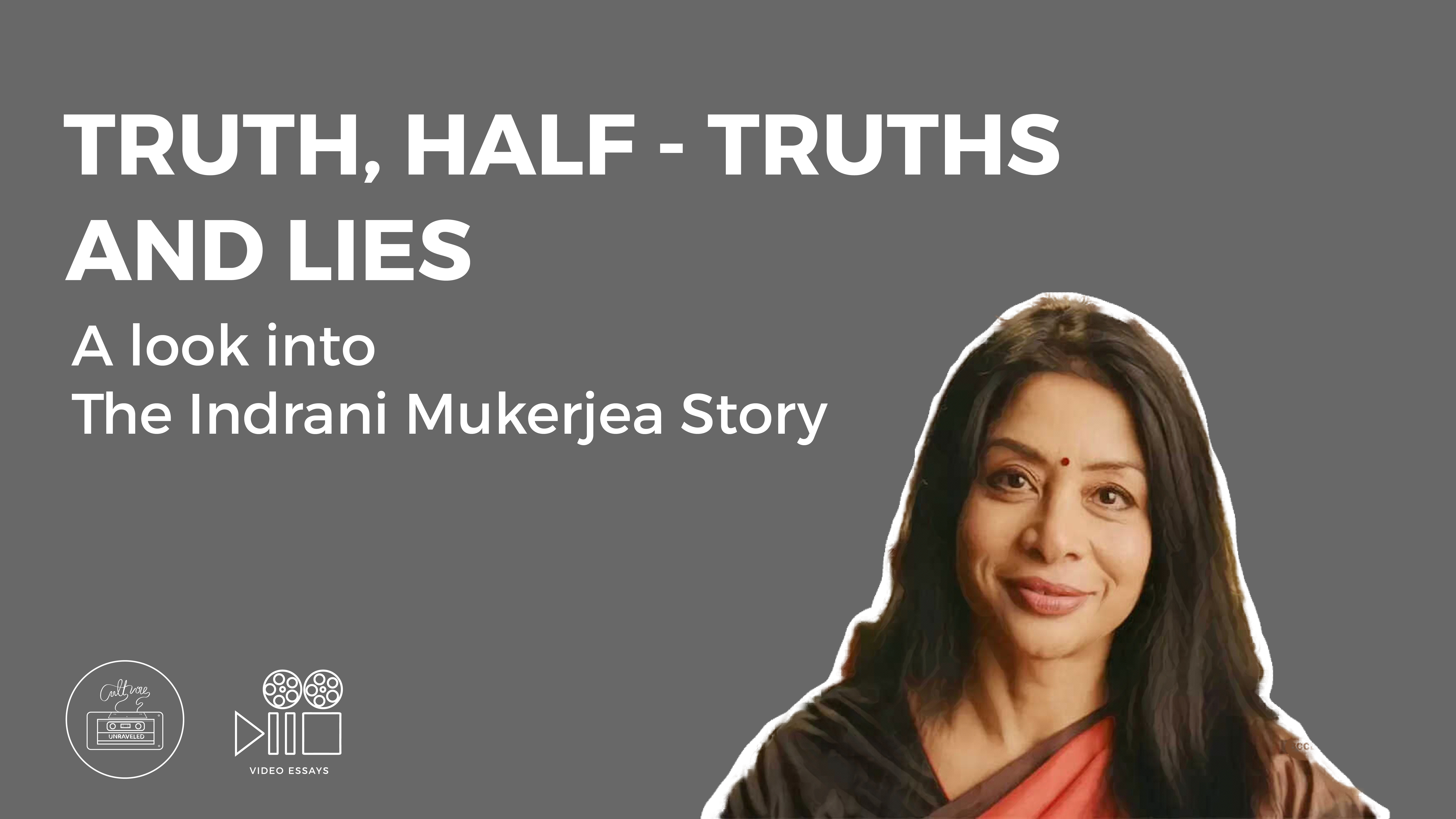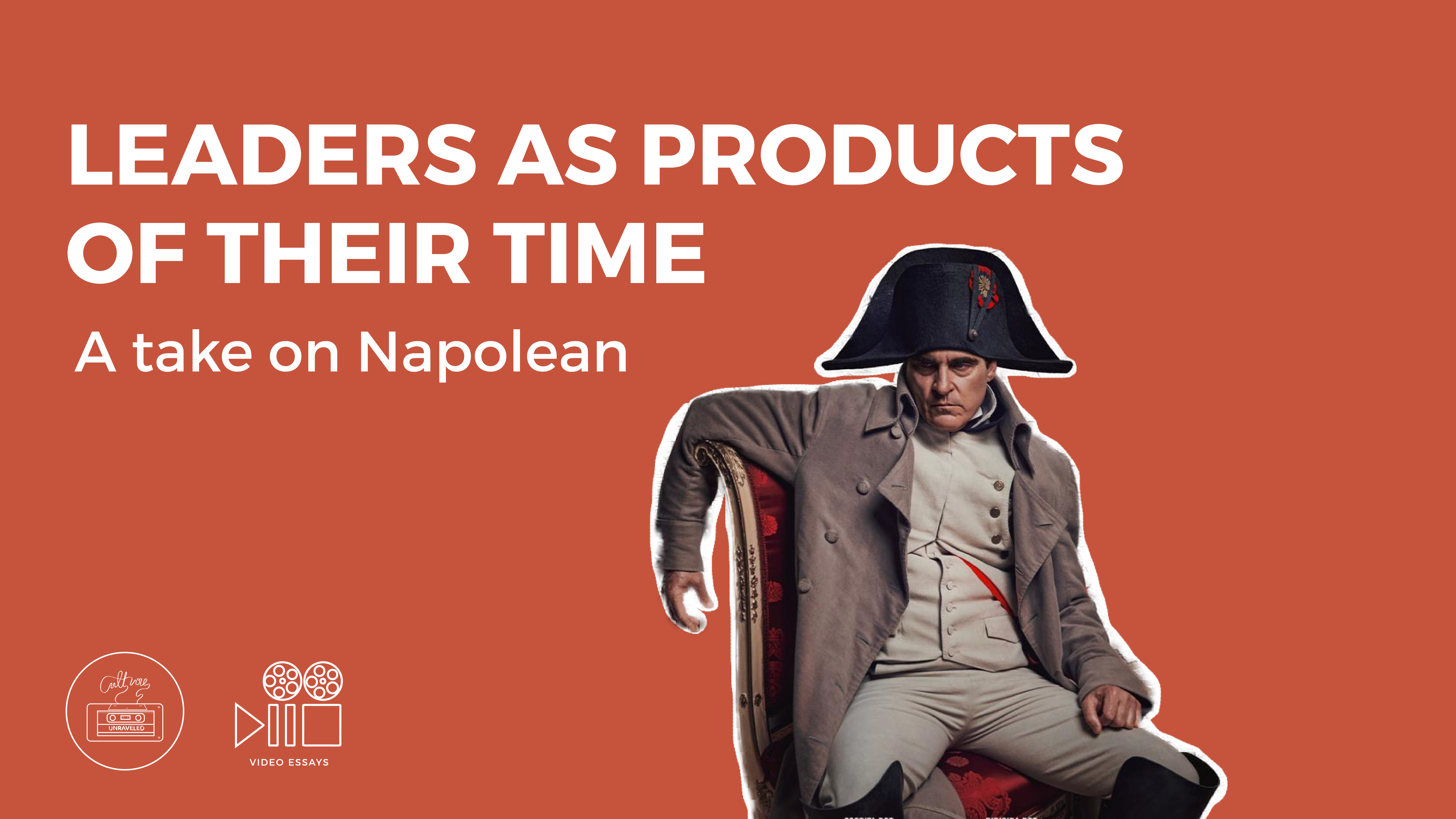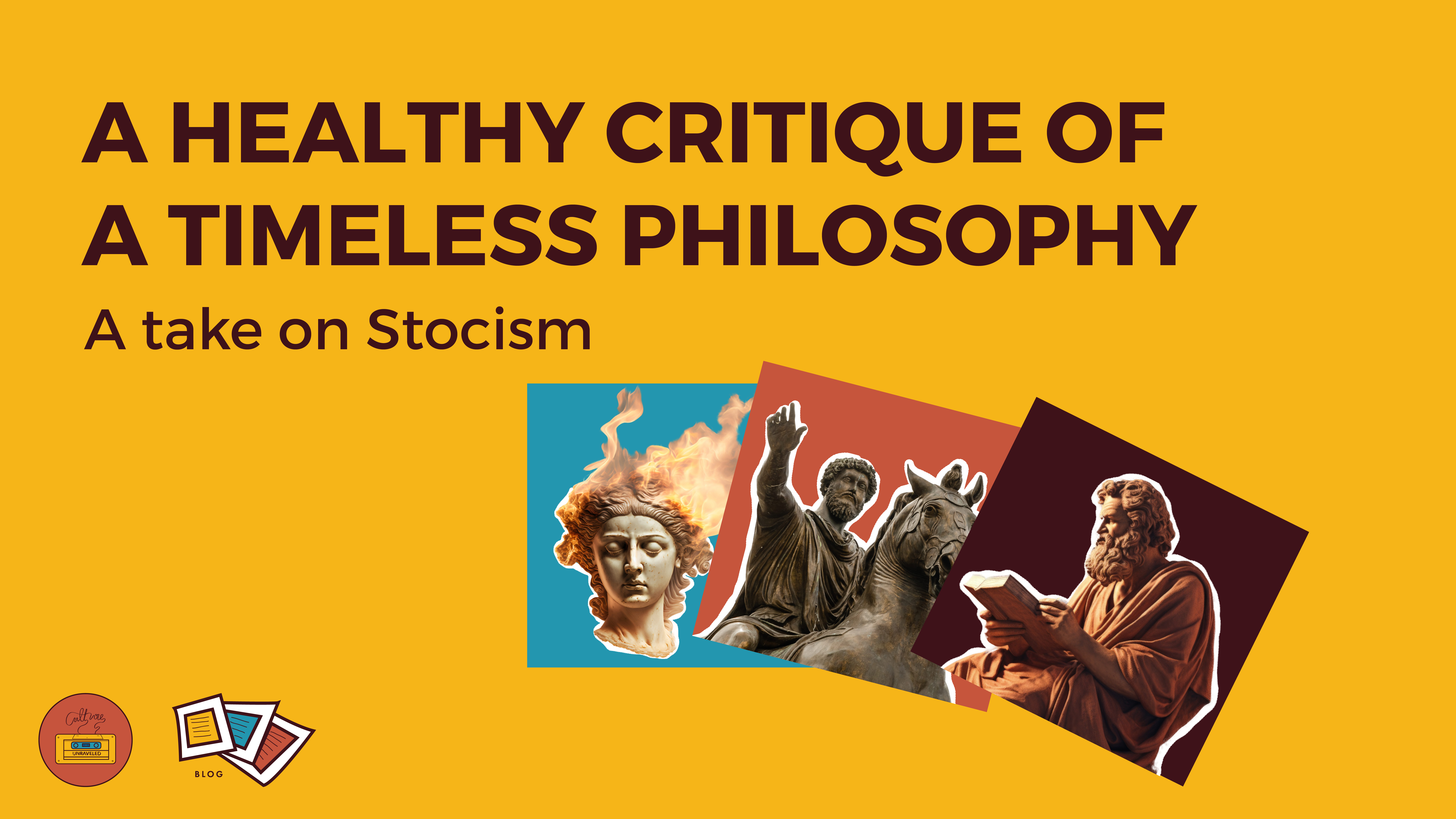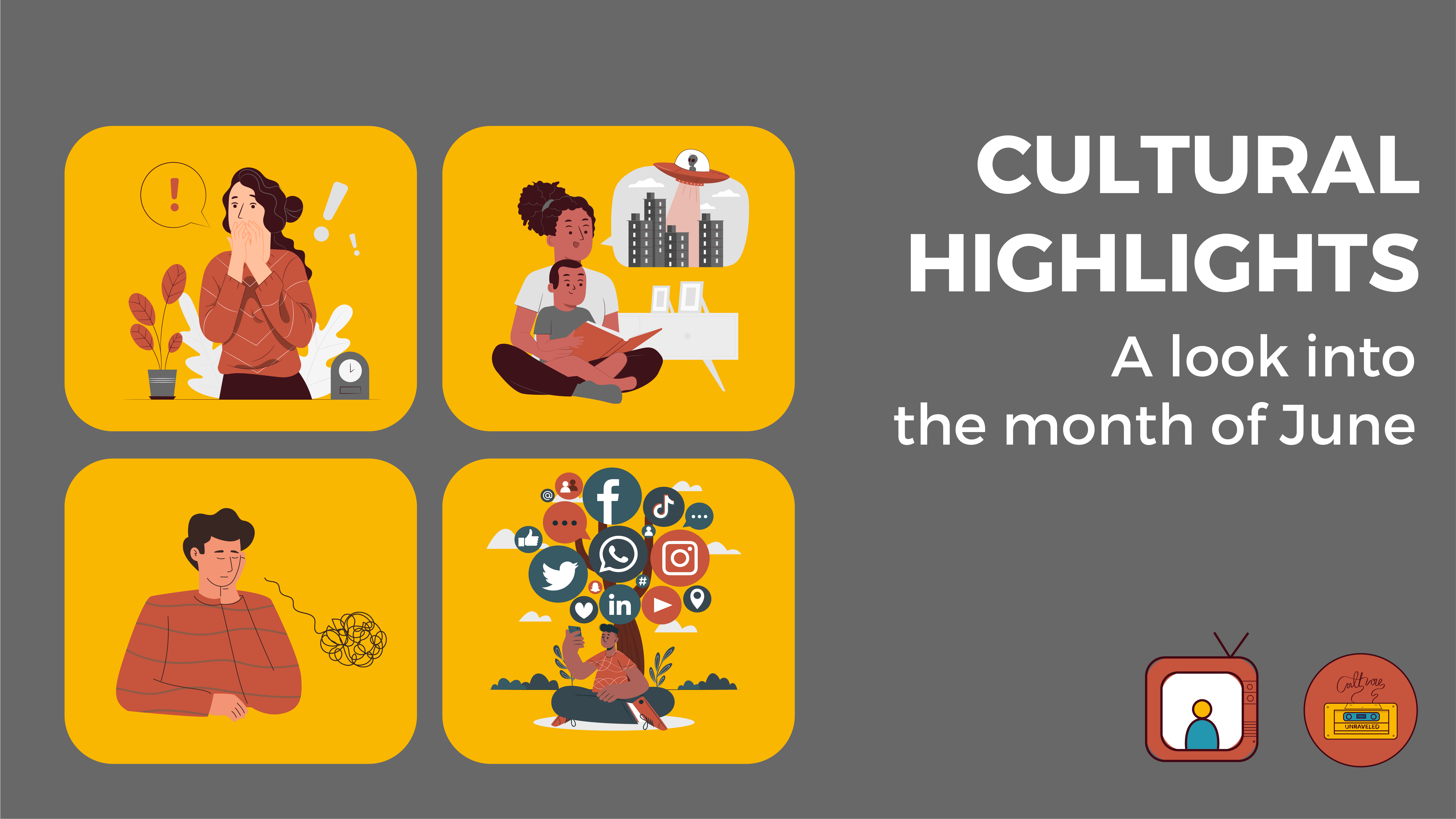
- When Truth Decieves: The Effects of Manipulative Honesty (or Paltering)
We all know that lying is wrong, and most of us actively try to avoid lying or being lied to. We all tend to be recognized as honest people, even when we know we are not telling the truth. But what if there is a way for people to recognize us as honest, even when we are not telling the truth? It’s possible to do this, and the word describing this act is ‘paltering.’
Paltering is when someone tries to deceive others by telling the truth. In other words, it is manipulative honesty. It is a tactic commonly used by salespeople, marketing advertisers, politicians, and many others to lead people towards a false conclusion, not by lying but by telling the truth. Paltering differs from lying by omission (the passive failure to correct a wrong statement) and lying by commission (the active use of false information). Using this tactic, the deceiver makes truthful statements, but they are selective and misleading.
An example of paltering would be when a salesperson attempts to sell a half-dysfunctional car by convincing the buyer about its total working capacity, even on a chilly morning. In this case, the salesperson is giving the buyer truthful information, í.e, that the car worked at its total capacity even on a frosty morning, but is subtly misleading the buyer from knowing the truth about the car’s dysfunction.
Culturally, there is a strong emphasis on politeness and confrontation in India. Indians often use paltering to avoid something people might perceive as rude or offensive. Most of us in our country avoid candor to keep ourselves from losing social standing. For instance, we might respond by saying to some of our relatives or guests at home that it was a pleasure to have them over, even when we enjoyed only the first few days of their stay.
Is it acceptable to use this tactic?
Todd Rogers, a behavioral scientist from Harvard Business School, speaks of the effects of paltering on those who use it. Unlike a lie, he says that paltering is deliberate manipulation to wield power over another. But what is interesting in his comments on this issue is that while the one who palters does it to manipulate the other willingly, they do so by believing that they are not deceptive. In other words, the one who palters falsely believes they are not crooked like a liar.
Rogers’ observations about the effects of paltering, not just on those at the receiving end of this tactic but who actively practice it, reveal significant insight into its dangers. While the one who palters aims to deceive the listener, inevitably, they end up deceiving themselves about the integrity of their character. By believing they are honest, they do not consider their heart that seeks to manipulate. And even without their knowing, the deceiver becomes deceived.
Given that salespeople generate massive revenue for themselves and politicians achieve their agendas through this tactic, it is easy to believe that paltering is harmless as long as people use it to achieve things that benefit others. And there is an even stronger reason to think that paltering might be acceptable when people disclose information selectively because the information or situations are sensitive. Yet it is dangerous as it reveals the corruption of the hearts of those who use it solely to manipulate others. It not only destroys trust between people and, consequently, in society, but it also destroys the lives of those who live by it. So, while it is good to ask if paltering is acceptable in society, the focus should be on how it affects those practicing it.
The effects of paltering extend beyond the immediate deception of others. Pursuing personal gain through selective and misleading disclosures reveals the corruption of the hearts of those who act thus, compromising their moral fiber. Therefore, while the acceptability of paltering may be debated, it is crucial to recognize its profound impact on the character and well-being of those who employ this deceptive tactic.
- The Power of Stories and How to Use Them to Impact Our Lives
Most of us grew up listening to stories our parents or grandparents told us, shaping us into who we are and what we remember about ourselves. Moreover, these stories create our hopes, and in ways that elude us, they can determine the future we want for ourselves. And now, in adulthood, we might think that stories may not have the same influence on us as they used to. Yet we see that stories are all around us, and we are enamored by them, even when we think we may not actively seek them. Anyone with a smartphone with at least a few social media apps must admit that ‘stories’ capture their attention most of the time.
While stories can influence us in these various ways, they also empower us when we know how to use them correctly. We are not merely passive recipients of the stories we hear, but we have the power to actively shape them in ways that can change our lives and those around us. If stories are powerful, shape our identity as human beings, and capture our attention more than anything, we must learn how to wield their power to cater to our well-being. How can we do this? Where can we start if we must use the power of stories to impact our lives?
First, it is essential not to internalize the stories that destroy our dignity and value as human beings. When we hear or tell stories that perpetuate lies or half-truths about our inherent worth, we must be mindful of their power to shape our view of who we are as human beings. While it is crucial to hear and tell stories of abuse, crime, violence, and the suffering of our own and those around us, we must be careful of their power to shape our identities, individually and collectively. So, turning people’s attention toward stories that enable them to believe in their value and inherent dignity despite the reality of their suffering can profoundly impact how they deal with their pain and consequently view themselves as more than what their suffering made them be.
Second, we must learn to pay attention to stories that are not part of our daily experiences. Stories that are different from our own can help us see our lives in a new light and understand our thoughts, feelings, and behaviors. As humans, we see ourselves in a mirror when we see ourselves through other people’s stories. While it is true that not every story can have the same effect on us, some can even be detrimental to our growth. However, we grow when we allow other people’s experiences to shape our own. We only must be mindful of what stories we choose
to internalize and what stories we choose not to internalize. So, when we pay attention to people’s experiences, which are new to us and different from our own, we wield the power of stories to cultivate growth in our personal lives.
Third, it is essential to remember and meditate on stories that draw us closer to God. The stories that turn our attention toward God are usually more powerful than us. The stories found in the Bible, for instance, enable us to delve deep into the mystery of the human heart. But even more so, they allow us to understand God’s heart. And as we meditate on these stories, we are tasked with remembering them in our reflective times and as a community of people who study the Scriptures. Eventually, as we evaluate our hearts in the light of the stories of God’s dealings with sinful and broken people over the centuries, we are changed from within. We are transformed as we are incorporated into God’s story through our meditations. And therein lies their power. So, when we remember the stories that draw us closer to God, we are gearing ourselves up for a profound transformation.
In utilizing the power of stories, we become active participants in our narrative. We can shape our lives by consciously selecting stories that affirm our worth, broaden our perspectives, and deepen our connection to God. As we wield this power, stories become transformative tools that guide us toward a more meaningful and fulfilling existence.
- Transcending Victimhood: Claiming our identity as God’s image-bearers.
Five years have passed since the #MeToo Movement started, significantly changing our global cultural landscape. Many states in the United States of America, like California, are banning their NDA (Non-Disclosure Agreement) laws as a cover-up for sexual harassment, and most European countries have had massive protests that led to changes in how people tolerate cases of undesired and harassing behavior.
Such changes have benefitted women in their workplaces. Western society has raised more awareness about women’s rights to do their jobs fairly and well, without interference from men who have more influence than them. The movement has enabled people to create safer work environments for women, and it also benefitted the oppressed and marginalized sections of society, including gay men and women, to share their experiences of sexual assault. This led them to raise more awareness of their right to have the same safety measures that heterosexuals could afford, and it helped advance the LGBTQ movement to a large extent.
While the #MeToo movement has been impactful, its power was rooted in how it affected societal changes, but even more so, in creating a cultural narrative. As part of the #MeToo movement, people shared countless stories on social media about their harrowing experiences of sexual abuse and harassment. These stories helped victims of sexual abuse connect their experiences with others who went through the same struggles and shaped how they assigned meaning to their experiences. It enabled them to come together through a shared narrative of past trauma, giving them a sense of shared victimhood. But just as with any cultural narrative, stories of victimhood strengthened a typical victim mentality amongst people, fostering an identity of victimhood. So, the #MeToo movement enabled a significant cultural shift that led many people, especially women, to believe in the narrative of victimhood and inadvertently make it their identity.
The biggest problem with a victimhood mindset is its effect on how a person perceives and remembers a situation. It contributes to a person’s unwillingness to forgive others for their wrongdoings. There are three main cognitive biases that a person with a victimhood mindset carries, which renders them incapable of forgiving other people: interpretation, attribution, and memory biases. The interpretation bias makes a person with a victimhood mindset often interpret the severity of another person’s wrongdoing as higher than it is. Moreover, it usually involves anticipating hurt in ambiguous situations, even when no evidence exists that other people tend to hurt them. The attribution bias makes those with a tendency for interpersonal victimhood more likely to attribute hostile intentions on the offender’s part, even when there are no such intentions. And lastly, the memory bias makes those with a tendency for victimhood recall offensive behavior more readily than positive memories. These tendencies often make people unwilling to forgive the offender and express the desire for revenge.
Such a tendency for interpersonal victimhood often comes from past traumas and feelings of dependency on others to validate one’s self-esteem and worth. It can also stem from learning to internalize a victimhood mindset through other people with the same mentality. But suppose there is hope for past traumas to be healed and the possibility for people to learn to cultivate a growth mindset rather than a victim mindset. Can people come out of this mindset? Yes, there is a real possibility for people not to let their trauma or circumstances define who they are. Just as people can learn to internalize a victimhood mentality, they can learn to internalize a growth mindset. But avoiding making victimhood an identity is only halfway towards a growth mindset. People must know who they are after relinquishing their identity as victims. Otherwise, they might as well return to feeling like victims when life struggles hit them.
So what does give us our identity as human beings? The Bible tells us that as human beings, we are made in God’s image. What does this mean? The biblical perspective tells us that to bear God’s image is to be, in essence, relational. This means that we are created for the primary purpose of relating to a God who loves us. In being loved and known by God, we unearth our authentic selves. As we navigate life in a loving relationship with Him, we are known by Him and discover our true identity. We discover that our value, dignity, potential, and worth as human beings are ultimately located in God’s love. If this is our identity, that God loves us, then there is no place for identifying oneself as a victim. Instead, as Scripture tells us, we put on the identity God gives us in Jesus Christ. Through the forgiveness of our sins and the sanctification of our desires, we will be restored to who God made us, i.e., as people who are His image bearers, and thus His very dear children.
The #MeToo movement has significantly changed our cultural landscape, increasing awareness of women’s rights and empowering marginalized groups. However, along with the positive impacts, there has been a tendency for some people to embrace a victimhood mentality, which can hinder forgiveness and personal growth. But there is a real possibility of healing from past traumas by embracing a biblical perspective, where humans are seen as bearers of God’s image and created for a loving relationship.
Recognizing that our worth, value, and potential come from being loved and known by God enables us to transcend the victim narrative and embrace the identity God gave us through Jesus Christ. By relinquishing the victim’s identity and embracing our identity as God’s beloved children, we can experience forgiveness, restoration, and a renewed sense of purpose. This perspective encourages individuals to focus on personal growth, resilience, and the cultivation of healthy relationships, ultimately leading to a more fulfilling and empowered life.


